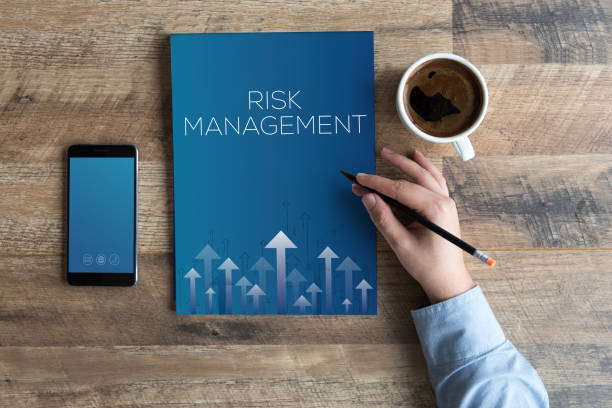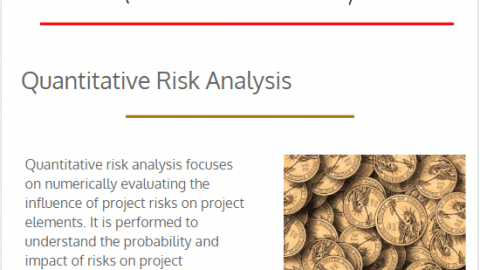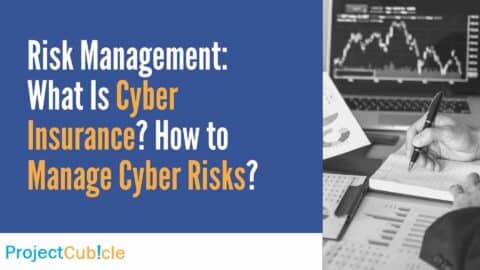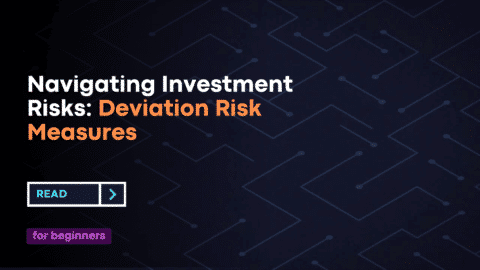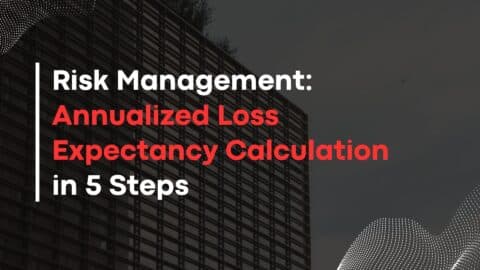What to Know About Risk Management When Managing Projects?
Managing a project can be daunting, especially considering the potential risks that could impact its success. From software development to construction projects, risks are inevitable, and without proper management, they can significantly derail your project. This is where risk management when managing projects comes in. So, what is Effective risk management?
Table of Contents
By implementing a comprehensive risk management process, you can identify potential risks, assess their probability of occurring and impact, create a sound mitigation plan, and monitor and control risks throughout the project lifecycle. In this article, we’ll take a closer look at risk management and what you need to know to implement it successfully in your project.
What Is Risk Management When Managing Projects?
Risk management is the process of identifying, evaluating, and mitigating potential risks that could impact the success of a project, business, or organization. It involves identifying the risks that you could face, evaluating the probability of those risks occurring and the impact they could have, and developing effective strategies for minimizing their impact or preventing them from occurring altogether.
Effective risk management requires a proactive approach that anticipates potential risks and addresses them before they become a problem. By implementing a comprehensive risk management plan, your organization can minimize the impact of potential risks on your operations and increase your chances of success.
The Risk Management Process
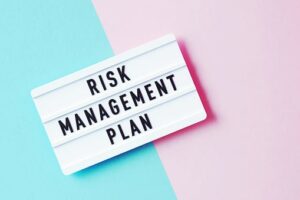
As mentioned earlier, the risk management process entails identifying potential risks, evaluating their likelihood and impact, establishing a mitigation plan, and monitoring and controlling the risks throughout the project lifecycle. Here’s a closer look at what the risk management process entails.
Risk Identification
The process of managing risks starts with the identification of potential risks that could negatively affect the success of your project. Risk identification entails brainstorming sessions, checklists, and reviewing historical data to identify risks that have occurred in similar projects. Some common types of risks that you should be on the lookout for include technical risks, such as system failures. As well as, external risks, such as changes in regulations; and human risks; such as a team member leaving unexpectedly.
Risk Assessment
Upon the identification of potential risks, you then need to assess those risks to determine the chances of them occurring and how they might affect the project. In short, risk assessment basically entails assigning a probability score and impact score to each risk. The probability score indicates the possibility of the risk occurring, while the impact score indicates the severity of the risk.
Risk Mitigation Plan
After assessing the risks, the next step is to develop a plan for mitigating them. This involves determining how you will reduce the likelihood of the risk occurring or minimize its impact if it does occur. A risk mitigation plan could include contingency plans, backup systems, or simply having a backup plan in place. It’s important to prioritize risks based on their likelihood and potential impact and focus your risk mitigation efforts accordingly.
Risk Monitoring and Control
The final step in the risk management process is to monitor and control the risks throughout the project lifecycle. Monitoring and controlling risks entails regularly reviewing the risk management plan, tracking the progress of risk mitigation activities, and making adjustments as necessary. It’s important to stay proactive and anticipate potential risks before they become a problem.
Tips for Effective Risk Management When Managing Projects
Now that you understand the risk management process, here are some tips for implementing it effectively:
- Involve your team: Effective risk management requires input from all project team members. Encourage your team to identify potential risks and participate in the risk assessment process.
- Prioritize risks: Not all risks are created equal. Prioritize risks based on their likelihood and potential impact on the project, and focus your risk mitigation efforts accordingly.
- Be proactive: Don’t wait for risks to happen before taking action. Develop a proactive risk management plan that anticipates and addresses potential risks before they become a problem.
- Review and update your risk management plan regularly: The risk management plan should be a living document, reviewed and updated regularly throughout the project lifecycle. As new risks arise or existing risks are mitigated, update your plan accordingly.
Benefits of Risk Management When Managing Projects

Effective risk management is critical when managing projects. Some benefits of effective risk management include:
Identifying Risks
As a project manager, you need to identify the risks that might affect the success of your project. Identifying risks early will give you ample time to develop a plan to mitigate them and prevent them from derailing your project.
Mitigating Risks
It involves developing a plan for mitigating potential risks. When you have a risk management plan in place, you can minimize the impact of potential risks on the project and prevent costly delays or failures.
Prioritizing Risks
Not all risks are created equal. Some risks may have a higher likelihood of occurring or a greater potential impact on the project. Prioritizing risks based on their likelihood and impact can allow you to focus your risk mitigation efforts where they are most needed.
Improving Decision-Making
Effective risk management provides the information you need to make informed decisions. By evaluating the potential risks associated with different options, you can choose the option that offers the best balance of risk and reward.
According to a study by the Project Management Institute (PMI), organizations that actively manage risk in their projects have a much higher project success rate than those that don’t. The study found that 71% of projects that actively managed risk met their original goals and business intent.
Wrapping Up: How to Handle Risk Management When Managing Projects
Effective risk management is essential for the success of any project, regardless of its size or complexity. By following the risk management process best practices and implementing these tips, you can minimize the impact of potential risks on your project and increase your chances of success. So take the time to develop a comprehensive risk management plan for your project, and be proactive in identifying and addressing potential hazards.

Francois Simosa is the head of training for the Gragados Training Associates, which provides special project management and risk management training programs.

